1,1-Dimethylheptyl-11-hydroxytetrahydrocannabinol
- CAS NO.:112924-45-5
- Empirical Formula: C25H38O3
- Molecular Weight: 386.57
- MDL number: MFCD01074786
- SAFETY DATA SHEET (SDS)
- Update Date: 2023-06-08 09:01:55
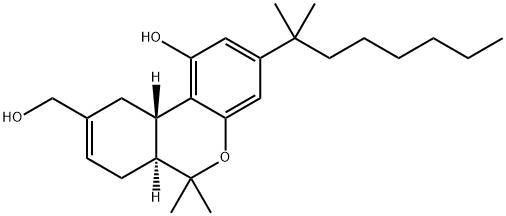
What is 1,1-Dimethylheptyl-11-hydroxytetrahydrocannabinol?
The Uses of 1,1-Dimethylheptyl-11-hydroxytetrahydrocannabinol
HU 211-d6 is labelled HU-211 (H673505) which is a novel TNF-α inhibitor and an effective neuroprotectant. It might be a useful agent for the treatment of stroke patients, by protecting neuronal lysosomes from nitric oxide (NO)-mediated toxicity.
Biological Activity
NMDA antagonist (IC 50 = 11 μ M for inhibition of [ 3 H]MK-801 binding to rat forebrain membranes). Protects against NMDA- and quisqualate-induced neurotoxicity (EC 50 = 3.8 μ M) and enhances dopamine D 1 receptor activity. Inhibits NF- κ B, reducing TNF- α , IL-6 and nitric oxide production, and acts as a free radical scavenger. Exhibits beneficial effects in experimental models of multiple sclerosis, bacterial meningitis, septic shock, epilepsy, and traumatic and ischemic brain injury. Brain penetrant.
References
[1]. eshhar n, striem s, biegon a. hu-211, a non-psychotropic cannabinoid, rescues cortical neurones from excitatory amino acid toxicity in culture. neuroreport, 1993, 5(3): 237-240.
[2]. bar-joseph a, berkovitch y, adamchik j, et al. neuroprotective activity of hu-211, a novel nmda antagonist, in global ischemia in gerbils. mol chem neuropathol, 1994, 23(2-3): 125-135.
[3]. shohami e, novikov m, bass r. long-term effect of hu-211, a novel non-competitive nmda antagonist, on motor and memory functions after closed head injury in the rat. brain res, 1995, 674(1): 55-62.
[4]. gallily r, yamin a, waksmann y, et al. protection against septic shock and suppression of tumor necrosis factor alpha and nitric oxide production by dexanabinol (hu-211), a nonpsychotropic cannabinoid. j pharmacol exp ther, 1997, 283(2): 918-924.
Properties of 1,1-Dimethylheptyl-11-hydroxytetrahydrocannabinol
| Melting point: | 141-142° |
| Boiling point: | 470.1±45.0 °C(Predicted) |
| alpha | D +227° (CHCl3) |
| Density | 1.030±0.06 g/cm3(Predicted) |
| storage temp. | −20°C |
| solubility | DMSO: soluble |
| form | solid |
| pka | 9.72±0.60(Predicted) |
Safety information for 1,1-Dimethylheptyl-11-hydroxytetrahydrocannabinol
Computed Descriptors for 1,1-Dimethylheptyl-11-hydroxytetrahydrocannabinol
New Products
4-AMINO-TETRAHYDRO-PYRAN-4-CARBOXYLIC ACID HCL 4-(Dimethylamino)tetrahydro-2H-pyran-4-carbonitrile 4-Aminotetrahydropyran-4-carbonitrile Hydrochloride (R)-3-Aminobutanenitrile Hydrochloride 3-((Dimethylamino)methyl)-5-methylhexan-2-one oxalate 1,4-Dioxa-8-azaspiro[4.5]decane 5-Bromo-2-nitropyridine Nimesulide BP Aceclofenac IP/BP/EP Diclofenac Sodium IP/BP/EP/USP Mefenamic Acid IP/BP/EP/USP Ornidazole IP Diclofenac Potassium THOMAIND PAPER PH 2.0 TO 4.5 1 BOX BUFFER CAPSULE PH 9.2 - 10 CAP SODIUM CHLORIDE 0.1N CVS ALLOXAN MONOHYDRATE 98% PLATINUM 0.5% ON 3 MM ALUMINA PELLETS (TYPE 73) LITHIUM AAS SOLUTION 2-Bromo-1-(bromomethyl)-3-chloro-5-nitrobenzene 2-Bromo-3-nitroaniline N-(3-Hydroxypropyl)-N-methylacetamide 3-Bromo-6-chloropyridazine 4-ethyl-3-nitrobenzoic acidRelated products of tetrahydrofuran
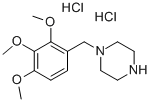
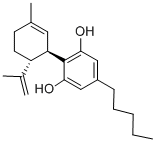

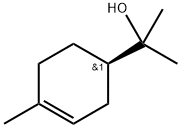
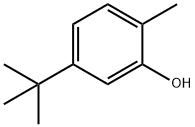
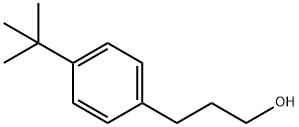
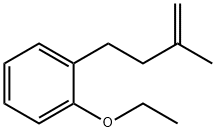

You may like
-
 1-Methyl-6-oxo-1,6-dihydropyridazine-3-carbonitrile 98%View Details
1-Methyl-6-oxo-1,6-dihydropyridazine-3-carbonitrile 98%View Details
99903-60-3 -
 88491-46-7 98%View Details
88491-46-7 98%View Details
88491-46-7 -
 1823368-42-8 98%View Details
1823368-42-8 98%View Details
1823368-42-8 -
 2-(3-(tert-butyl)phenoxy)-2-methylpropanoic acid 1307449-08-6 98%View Details
2-(3-(tert-butyl)phenoxy)-2-methylpropanoic acid 1307449-08-6 98%View Details
1307449-08-6 -
 Ethyl 3-(furan-2-yl)-3-hydroxypropanoate 25408-95-1 98%View Details
Ethyl 3-(furan-2-yl)-3-hydroxypropanoate 25408-95-1 98%View Details
25408-95-1 -
 2-Chloro-5-fluoro-1-methoxy-3-methylbenzene 98%View Details
2-Chloro-5-fluoro-1-methoxy-3-methylbenzene 98%View Details
1805639-70-6 -
 1784294-80-9 98%View Details
1784294-80-9 98%View Details
1784294-80-9 -
 Lithium ClavulanateView Details
Lithium ClavulanateView Details
61177-44-4